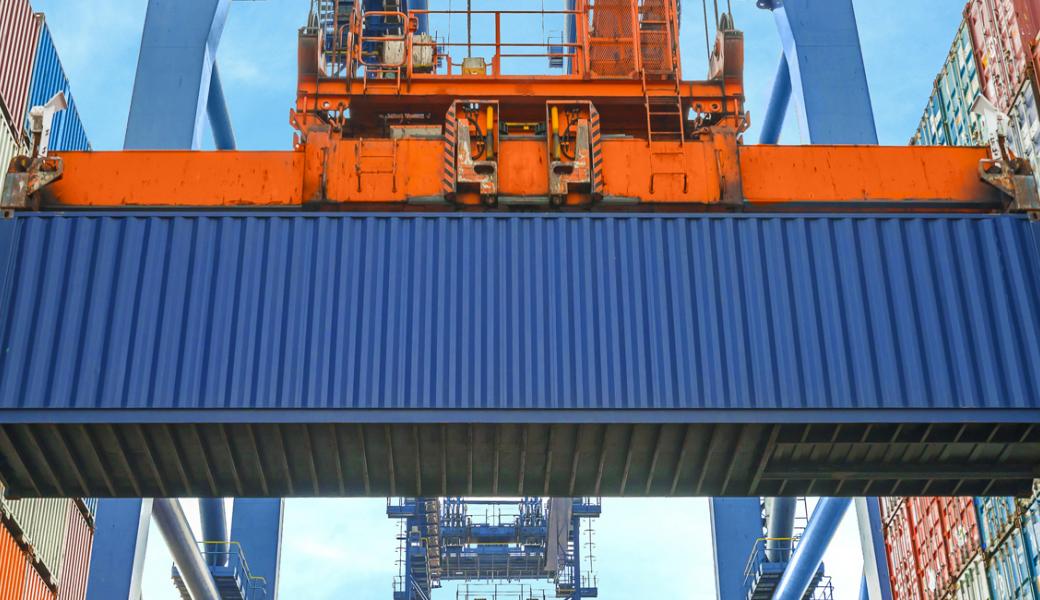2019 Trade And Tariff Landscape

Last week, RV Industry Association members tuned in to hear trade expert Daniel Neumann detail the state of trade and tariffs in 2019. Neumann covered Chinese 301 tariffs, 232 steel and aluminum tariffs, the Generalized System of Preferences (GSP) and the USMCA trade agreement, as well as what else to expect this year on trade issues.
RV Industry Association members can view the webinar by clicking here.
Background
President Donald Trump made trade one of his key issues during the 2016 campaign and his focus is not expected to change. In the 2020 election, Trump intends to campaign on what he views as his trade accomplishments, which means there likely isn’t an end in sight to the uncertainty plaguing trade.
1. Section 301 Tariffs on China
Section 302 tariffs have been imposed on three lists of items from China. A 25 percent tariff applies to both List 1 which covers $34 billion in goods and List 2 which covers $16 billion in goods.
Currently, List 3 covers a massive $200 billion in goods and is subject to a 10 percent tariff. However, on March 2, tariffs on List 3 will increase to 25 percent if no deal is reached between the U.S. and China. At that point, an exclusion process will be in place that allows companies to request exclusions for goods on the list, as they have been able to for Lists 1 and 2. The exclusion process for Lists 1 and 2 is now closed.
While President Trump and Chinese President Xi will not personally meet before the March 1 deadline, U.S. Trade Representative Robert Lighthizer and Treasury Secretary Mnuchin are leading negotiations in China. The Trump Administration is demanding structural reforms and will not accept a deal merely including increased purchases of U.S. agricultural products.
Out of the possible outcomes, it is most likely that current negotiations will lead to a small-scale deal satisfying the Administration but leaving additional work, or a delay in tariffs to give negotiators more time.
2. Section 232 Tariffs
The Trump Administration has imposed 25 percent duties on steel and 10 percent duties on aluminum. Argentina, Australia, Brazil and South Korea have negotiated quotas on steel to avoid these duties; Australia and Argentina also negotiated quotas on aluminum. An exclusion process has been in place for U.S. businesses but has drawn criticism from the private sector and Congress. The removal of these steel and aluminum tariffs on imports from Canada and Mexico is a key Congressional demand for passage of the US-Mexico-Canada Agreement (USMCA).
3. US-Mexico-Canada Agreement (USMCA)
Both the House and Senate must approve the new agreement for it to become law. As noted above, both Democrats and Republicans in Congress are pushing for an end to Section 232 steel and aluminum tariffs on Canada and Mexico. Additionally, Democrats in the House will likely push for more changes, including on labor enforcement, environment issues and on pharmaceuticals. While the White House is pushing for a quick vote, July or September is more likely. An important dynamic to remember, however, is that the later the vote occurs, the more the 2020 election will become a factor.
4. Generalized System of Preferences
Last year, the RV Industry Association successfully lobbied for the inclusion of legislative language changing the review process for GSP imports. Unfortunately, due to a flawed negative staff report from the International Trade Commission (ITC), the RV Industry Association’s request for a Competitive Needs Limitation waiver for lauan wood from Indonesia was unsuccessful. This year, the association will refile the request and push for a new review by the ITC in the 2019 review cycle. Congressional allies are ready to assist with this effort.
Get Involved!
Has your company been impacted by these actions? You can reach out to your Members of Congress on USMCA, GSP and 301 tariffs. You can also file exclusion requests on 232 tariffs and China tariffs (if and when a process is created for List 3).
Contact Samantha Rocci at srocci@rvia.org for more information.
Please Sign in to View
Log in to view member-only content.
If you believe you are receiving this message in error contact us at memberservices@rvia.org.
